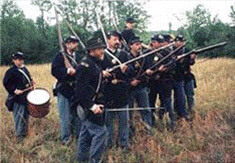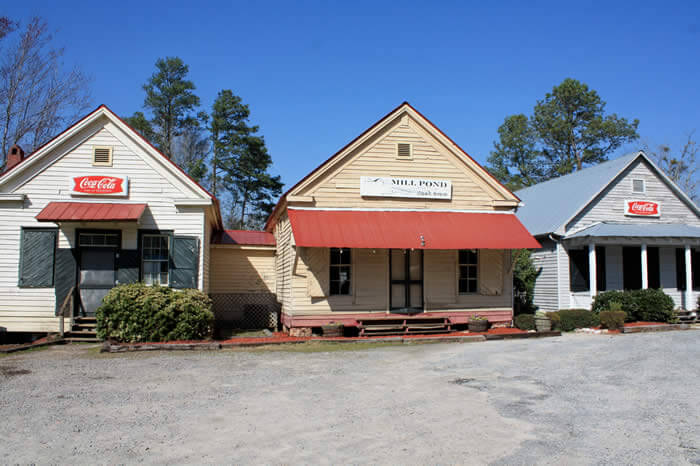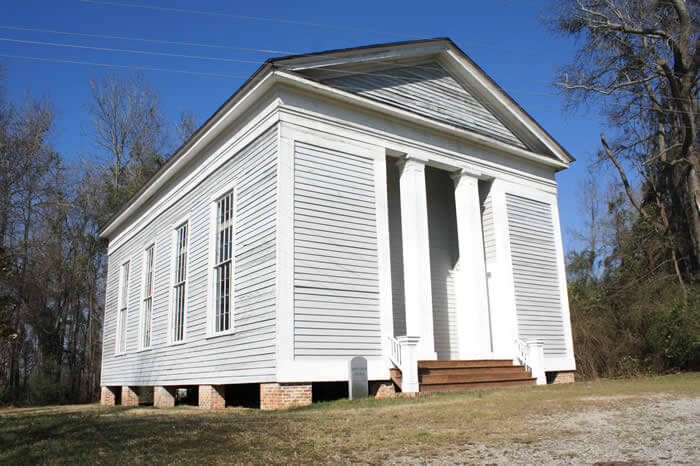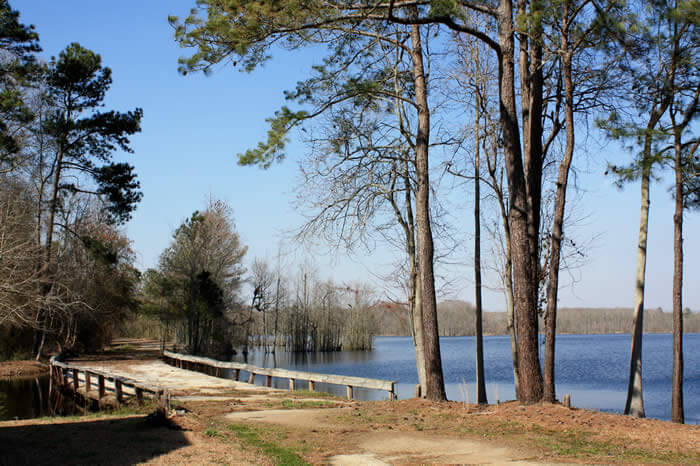

The historic Boykin Mill community is just nine miles from Camden, and it is home of the Battle of Boykin's Mill, a Civil War site named in the top 10 Carolinas' Civil War sites in the book Touring the Carolinas' Civil War Sitesby Clint Johnson.
The Boykin Spaniel, the official dog of South Carolina, came from Boykin. Legend has it that a stray dog followed a banker home from a church in Spartanburg in the early 1900s. The banker sent the dog to his hunting partner, L.W. "Whit".




Boykin Mill was a community gathering place for a general exchange of information and matters of local interest. The topics of discussion probably included such subjects as the price of cotton, the state of the crops, local politics, the latest hunting, fishing, or sporting exploits. Farmers bought logs to be sawed into lumber, corn to be ground into meal and grits, cotton to be finned, and sugar cane to be prepared for the making of syrup. Although the mill has long been abandoned, the dam still exists. There is no way of knowing specifically when the mill was built. Alexander Hamilton Boykin got possession of the mill in the 1700s, and it has remained in the possession of the Boykin family for many years.


Five years later, April 18, 1865, a minor skirmish was fought here between Northern and Confederate troops. This event has been called by various names including The Battle of Boykin's Mill and Potter's Raid.
